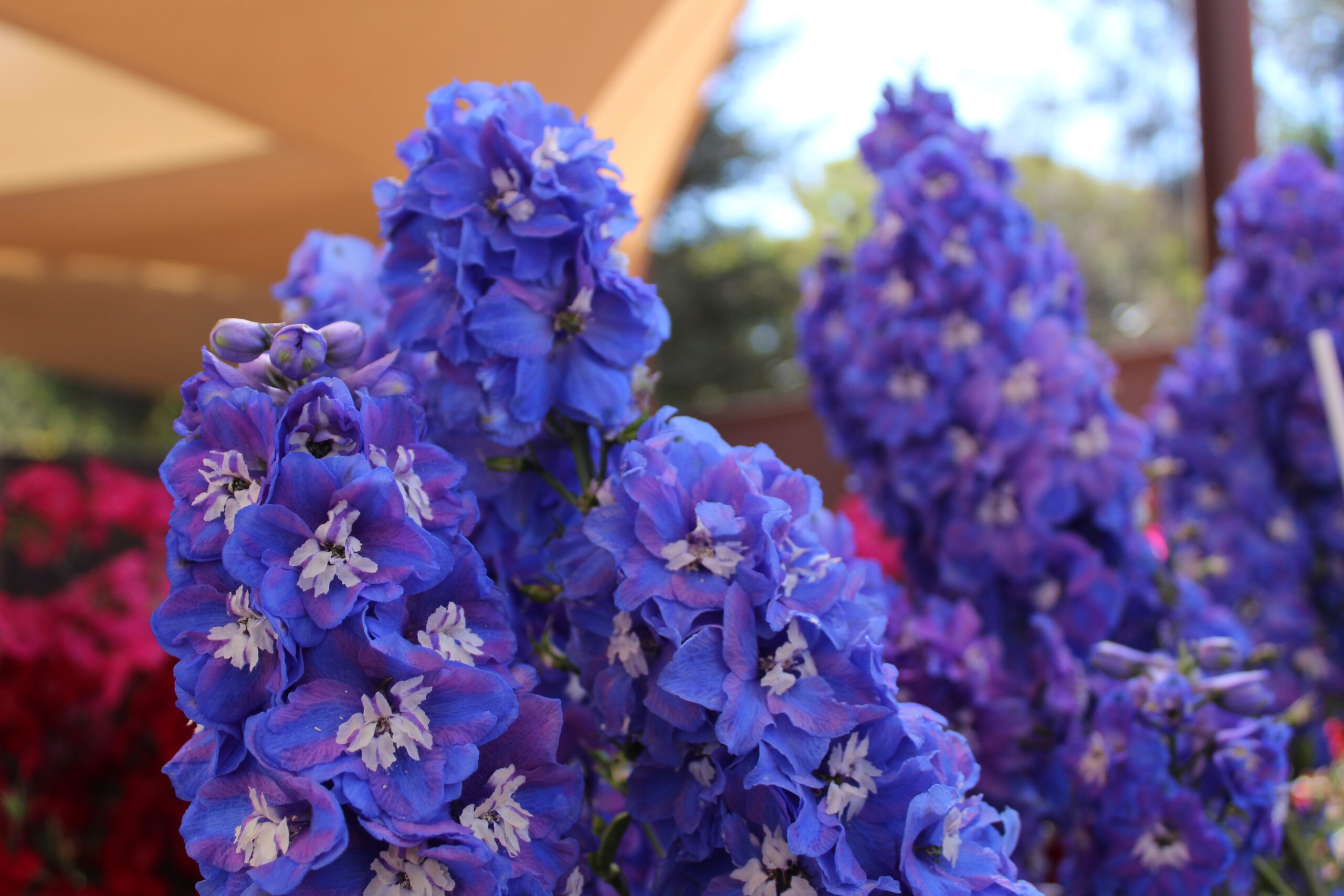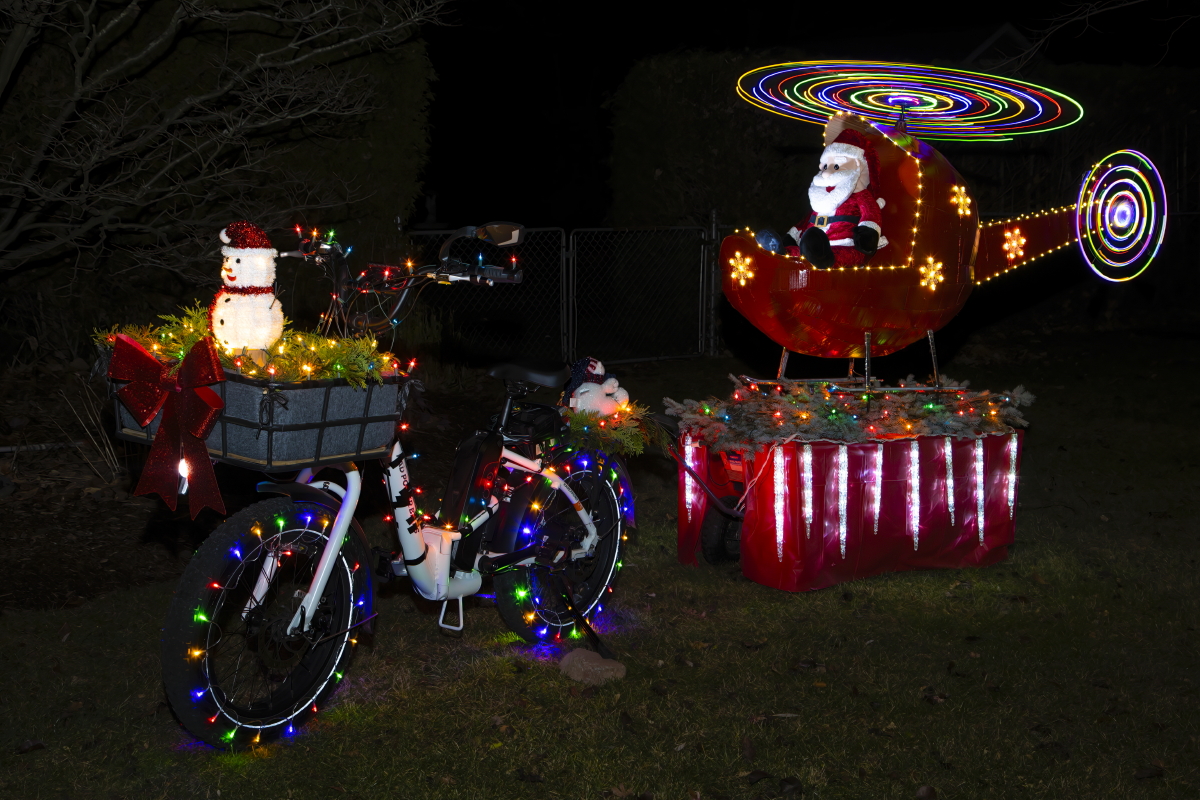By Claudette Sims, Halton Master Gardener
Nature-friendly spring tasks
Cutting back plants or removing dead leaves is largely an aesthetic consideration — most plants don’t benefit from it. Stems or leaves will slowly decompose and return nutrients to the soil as the temperatures warm or will be covered by new growth. Leaving leaves and stems allows native bees and butterflies time to emerge and gives them places to hide.
Lights out
Moths have started to emerge, so turn outside lights off at night to protect them.
“Chop and drop”
When pruning or cutting back plants, use the “chop and drop“ method to return organic material to the soil and provide nesting material for birds.
Pruning
STOP pruning oak trees now to prevent oak wilt disease. If you absolutely must prune your oak when it is in leaf, treat cuts with pruning paint. Note: This is the only situation where pruning paint is recommended. Prune other trees, shrubs, and vines before leaves emerge. Use clean, sharp tools to remove dead, damaged, diseased wood. Prune to improve air circulation and appearance if desired. Cut back branches to just above another branch or a bud. Keep a sharp eye out for cocoons and chrysalises when pruning. Lavender can be trimmed back when new growth starts to appear; prune back dead or overgrown stems to a vigorous bud. Do not over-prune.
Turn off your lights at night! Did you know that outside lights at night can harm moths and other insects? Moths lose valuable energy flying at the light, while fireflies are unable tofind their mates. If you must have lights, choose insect friendly yellow bulbs.
— Claudette Sims, Halton Master Gardener
Seeds
Time to start your tomato seeds if you haven’t already done so. Start tender annual flowers indoors for mid- to late May planting. Seed cool-weather crops like peas, spinach, lettuce, beets, and radishes directly in the garden as soon as the ground can be worked.
Lawn
To reduce soil compaction, walk on the lawn only once you leave NO footprints. Remove leaves or debris but wait for warm weather before overseeding.
Invasive plants
This is the perfect time to spot and remove invasive plants like periwinkle, English ivy, and lily-of-the-valley. Garlic mustard produces chemicals that can harm beneficial soil fungi critical for our maples and other native plants. Remove individual plants as they appear, or smother larger infestations for at least a season. For comprehensive information about invasive plants, visit the Canadian Coalition for Invasive Plant Regulation.
Perennials
Divide or transplant perennials as growth resumes and soil is workable.
Celebrate Earth Day April 22
“We are as much alive as we keep the Earth alive,” said Chief Dan George. One teaspoon of healthy soil holds more creatures than there are people on the planet.





